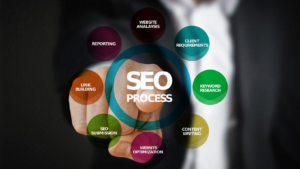8 On-Page SEO Techniques To Use

There is no single SEO technique that is guaranteed to result in higher web traffic and better search engine visibility.
However, some effective techniques that may help improve your website’s visibility include using on-page SEO techniques, correctly positioning your website for search engines, and optimising your titles, meta information, and images.
To ensure that your website is performing at its best, use these 8 on-page SEO techniques to help improve your visibility:
1. Integrate Relevant Keywords Into Your Pages
One of the most important aspects of on-page SEO is integrating relevant keywords into your pages.
This will help to improve the ranking of your site, as well as help to target specific visitors with content that is both interesting and useful.
To do this, it is important to understand how search engines work and what words are considered “relevant.”
Some common factors in which keywords can be integrated into a page include:
- Title tags: When a page has a title tag, it is often helpful for search engines to know the name of the page that contains the keyword. This helps to identify which pages are searching for the term and to organise results better.
- Meta tags: Meta tags are very important to search engines. They define which pages on your site are the “homepage of the web.” Altering these can impact your page’s indexing, and how visitors find your site depends on where they look first. These keywords include “free e-book” or “free classes.”
- Your web address: Make sure your web address is descriptive of where you are on the Internet and a keyword-rich phrase that will help people find what they need quickly.
2. Optimise Your Title Tag And Meta Description

Optimise your title tag to improve your website’s search engine visibility.
Title tags are the first and most important part of a web page’s title and play an important role in organic search engine ranking.
A well-optimised title will help you stand out from the rest and help potential customers find your site more easily.
To optimise your title tag, make sure to include your keywords, as well as other important pieces of information about your website.
Optimise your meta descriptions for better visibility.
Meta descriptions are another important part of a website’s title, and they serve as a summary of the content on that page. They must be clear, concise, and relevant to the reader’s needs.
3. Create User-Friendly Content

User-friendly content is a must for any website. Whether it’s a personal blog, online store, or even just a website, making it easy to navigate and understand is important.
Here are some tips on how to make your content more user-friendly:
- Use clear and concise language. People want to read what they understand and not be confused by the jargon. Ensure your language is strong and easy to understand for everyone visiting your site.
- Be organised. When you have a lot of material available, finding the right places to put it all can be difficult. Make sure your pages are well-organised so users can easily find what they need.
- Use pictures and videos instead of text only. Pictures and videos help people feel more engaged with their reading experience and can also be used as examples in exercises or articles!
4. Optimise Images
When it comes to optimising images, there are a few things that you need to keep in mind.
- First and foremost, try to keep the file size low. This will help you save on your bandwidth and storage costs.
- Additionally, make sure that your images are well-optimised for search engines. Including keywords and other relevant information in your image files can increase the chances of being discovered by Google and other online search engines.
- Finally, always be sure to check for updates to ensure that your images are up-to-date. You may start seeing penalties from Google for using outdated content if they aren’t.
6. Use Internal Links On Your Page
Internal links are a great way to connect your website with other websites.
When visitors click on one of your links, you can open up a window that reveals more information about the site or product you’re linking to. This can help improve your page ranking and visibility online.
To use internal links effectively, ensure your page is well organised and all your content is accessible from different angles.
Use headers and metadata to ensure that all of your linked pages are easy to find and navigate.
Finally, ensure you include external link tracking on all of your websites so you can see which URLs have been visited by your visitors and which have resulted in advertising or sales opportunities. This will help you measure the effectiveness of your link-building strategies and determine when it’s time to update or adjust them!
7. Improve Site Load Time
One way to improve site load time is by using keywords in your content.
Search engines are only interested in relevant content, so including keyword-rich content on your site will help you rank higher and get more web traffic.
Additionally, using crawlers to monitor your website for potential new websites and integrating with social media platforms can help you stay up-to-date on the latest trends and ideas.
8. Add Responsive Design To Your Website
Responsive design is a popular on-page SEO technique that helps websites adapt and respond to changes in user behaviour.
Responsive designs allow websites to automatically respond to different user assistive technologies (UITs), such as screen readers or keyboard input devices, so users are more comfortable interacting with them.
This allows website developers and designers greater flexibility when designing websites, as they no longer have to continually adjust the content or look of their sites based on the preferences of individual users.
Conclusion
In conclusion, SEO on-page techniques can improve the visibility of your website and increase the number of visitors.
Using common search engine optimisation tactics, you can ensure that your website appears in the best possible position for its content and destination audience.
Was this article helpful? Let us know in the comment.
FAQ
What are the on-page SEO techniques?
There are a number of on-page SEO techniques that can be used to improve the visibility and ranking of an online presence.
Some common techniques include using keywords, building an online presence with social media platforms, and creating high-quality content.
Which are the best on-page SEO techniques for 2022?
There are a number of different on-page SEO techniques that can be used in 2022.
The most popular ones include link building, keyword research, and local optimisation.
Some other popular techniques include Hootsuite marketing, social media promotion, and paid search.
Finding the right technique for each situation is important, so your website shines the brightest.
What are some benefits of using on-page SEO techniques?
On-page SEO is a process that helps your website rank higher in search engine results pages (SERPs).
You can increase your website’s visibility and potential customers by using the correct keywords.
Some of the benefits of using on-page SEO techniques include the following:
- Increasing web traffic and revenue.
- Greater visibility in SERPs.
- Increased web equity and brand awareness.
- Improved customer satisfaction ratings.





